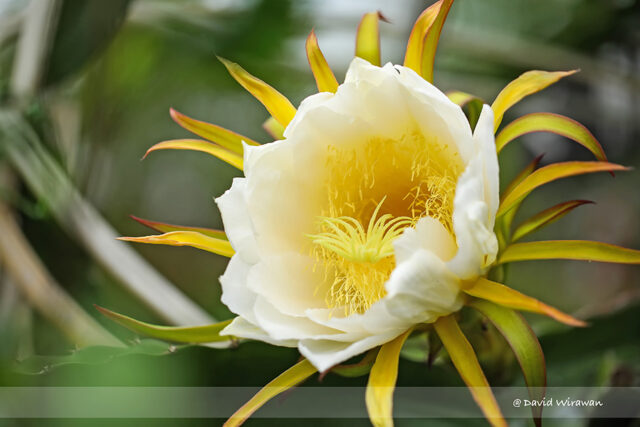Pollination is the transfer of pollen from a male part of a plant to a female part of a plant, later enabling fertilisation and the production of seeds, most often by an animal or by wind. Pollinating agents are animals such as insects, birds, and bats; water; wind; and even plants themselves
A pollinator is an animal that moves pollen from the male anther of a flower to the female stigma of a flower. This helps to bring about fertilization of the ovules in the flower by the male gametes from the pollen grains.
Insect pollinators include bees, (honey bees, solitary species, bumblebees); pollen wasps (Masarinae); ants; flies including bee flies, hoverflies, blowflies and mosquitoes; lepidopterans, both butterflies and moths; and flower beetles. Vertebrates, mainly bats and birds, but also some non-bat mammals (monkeys, lemurs, possums, rodents) and some lizards pollinate certain plants. Among the pollinating birds are hummingbirds, honeyeaters and sunbirds with long beaks; they pollinate a number of deep-throated flowers. Humans may also carry out artificial pollination.









The most recognized pollinators are the various species of bees, which are plainly adapted to pollination. Bees typically are fuzzy and carry an electrostatic charge. Both features help pollen grains adhere to their bodies, but they also have specialized pollen-carrying structures; in most bees, this takes the form of a structure known as the scopa, which is on the hind legs of most bees, and/or the lower abdomen (e.g., of megachilid bees), made up of thick, plumose setae. Honey bees, bumblebees, and their relatives do not have a scopa, but the hind leg is modified into a structure called the corbicula (also known as the “pollen basket”). Most bees gather nectar, a concentrated energy source, and pollen, which is high protein food, to nurture their young, and inadvertently transfer some among the flowers as they are working. Euglossine bees pollinate orchids, but these are male bees collecting floral scents rather than females gathering nectar or pollen. Female orchid bees act as pollinators, but of flowers other than orchids. Eusocial bees such as honey bees need an abundant and steady pollen source to multiply.
Honey bees travel from flower to flower, collecting nectar (later converted to honey), and pollen grains. The bee collects the pollen by rubbing against the anthers. The pollen collects on the hind legs, in a structure referred to as a “pollen basket”. As the bee flies from flower to flower, some of the pollen grains are transferred onto the stigma of other flowers.
Nectar provides the energy for bee nutrition; pollen provides the protein. When bees are rearing large quantities of brood (beekeepers say hives are “building”), bees deliberately gather pollen to meet the nutritional needs of the brood.


Dragon Fruit Flower also called Pitaya is an exotic fruit cactus with colorful leaves, flowers, and fruits.
dragon fruit cactus bloom during the night and hence called the queen of the night.
It opens up at dusk and stays abloom till midnight.
Before flowering, the flower buds can grow up to 10″ inches long.
Flowering begins in summer, usually at the beginning of June, soon followed by the formation of fruits.
It takes at least 13 days for the flowers to form and 50 days for the fruits to become mature.
Dragon Fruit flowers are night bloomers and not capable of self-pollination, they are highly dependent on bats, moths or bees to do the job. A dragon fruit plant requires the pollen of a second dragon fruit plant of a different variety in order to set fruit.
Here is the video of Asian honey bees ( Apis Cerana ) with a dragon fruit flowers in the early morning, there were 3 flowers, bees were visiting these 3 flowers. I think the pollination process happening at that moment.
Source and Reference:















Very informative & helpful.